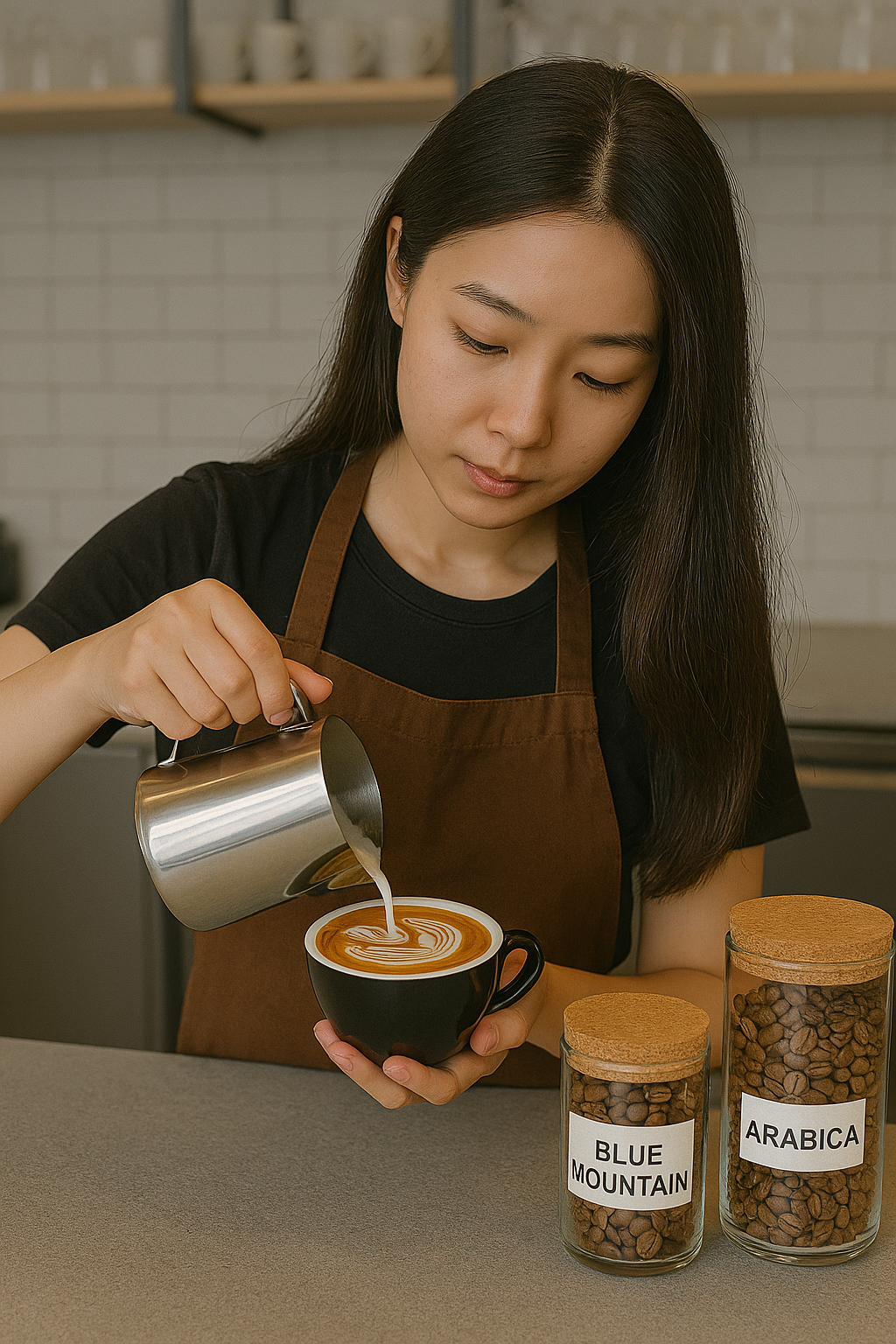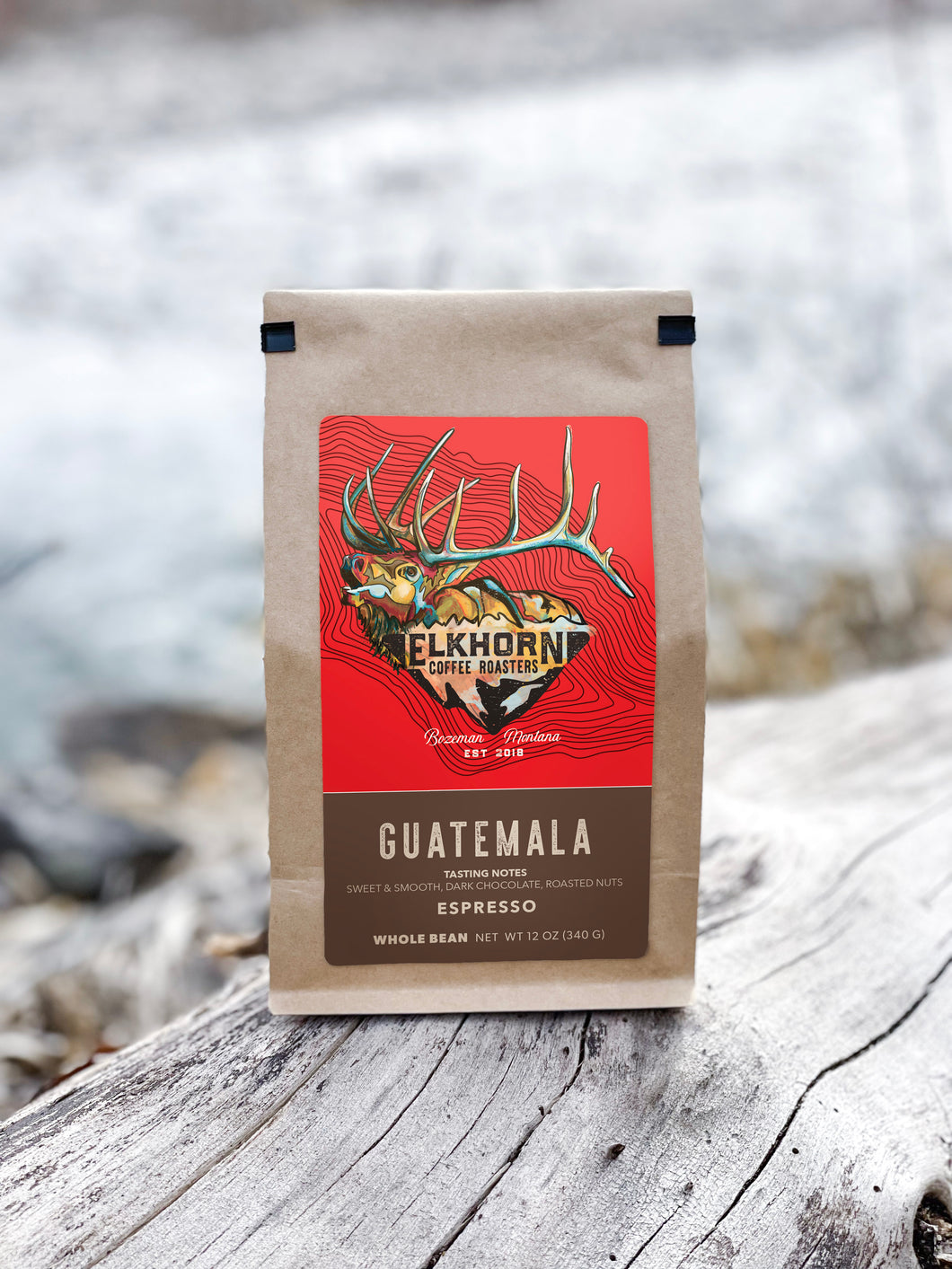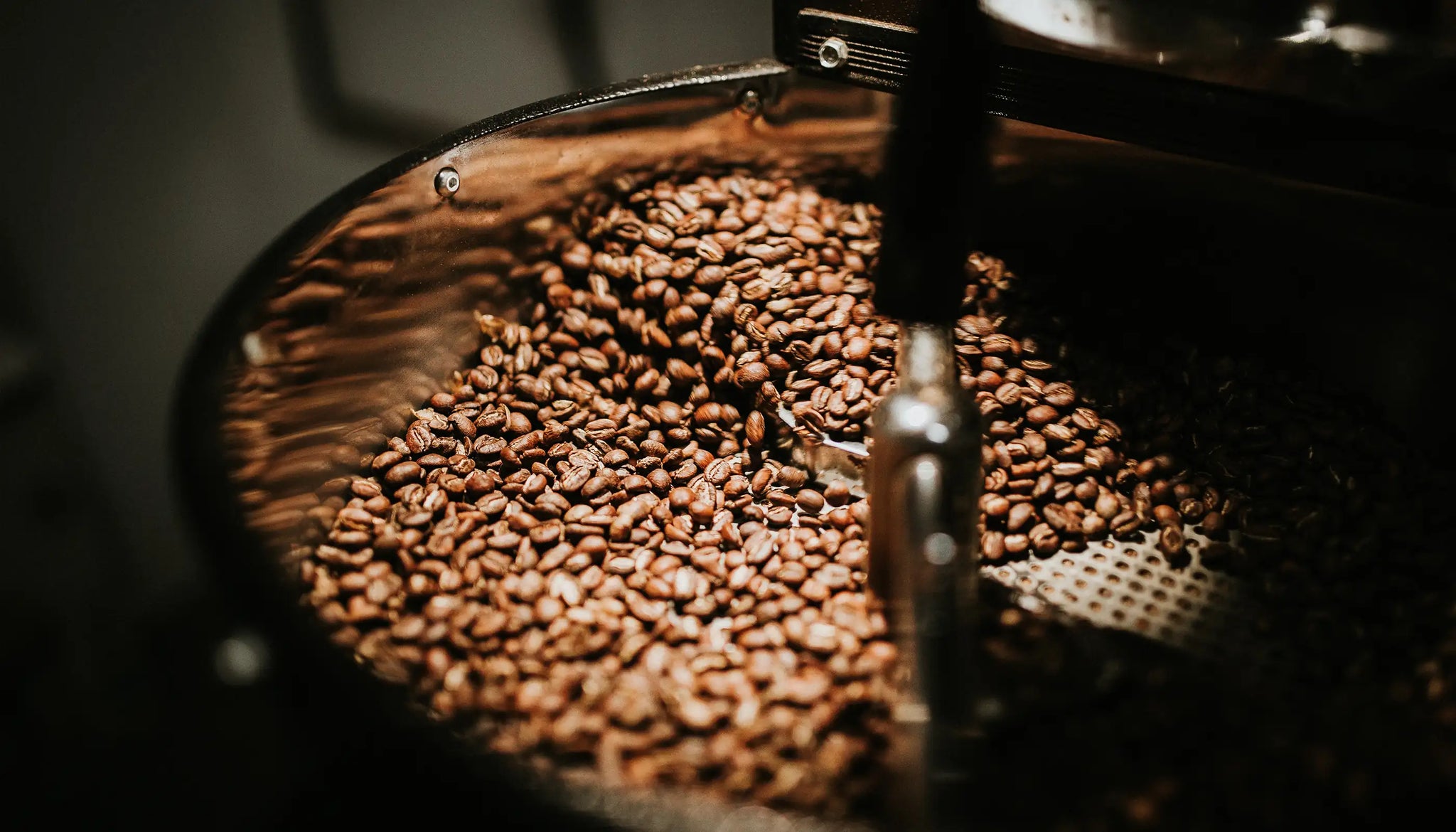Discovering the Abundant Tastes of Coffee Beans: a Deep Study Coffee and Blended Coffee Beans
When you check out the abundant tastes of coffee beans, you discover a complicated world where each range brings its own character to your cup. Understanding the beginnings, refining techniques, and roasting techniques can transform your coffee experience. As you browse via the art of espresso and the imagination behind mixed coffees, you'll begin to appreciate the nuances that make each sip special. What you'll find next could alter the way you appreciate your morning brew.
The Origins of Coffee Beans: Discovering Terroir and Flavor Profiles
When you take a sip of coffee, you're not simply appreciating a drink; you're experiencing an abundant tapestry of flavors formed by the beans' beginnings. Each area creates unique taste profiles affected by dirt, altitude, and environment. For circumstances, beans from Ethiopia commonly break with brilliant, fruity notes, while those from Colombia tend to supply a balanced, nutty sweet taste.
As you check out various origins, you'll see how terroir-- the ecological variables affecting a plant-- plays an essential role - Single Origin Espresso. The exact same coffee selection can taste considerably various depending on where it's grown
When you take into consideration these factors, you begin to value the intricacy behind your cup. Each sip tells a tale of the land and the farmers that nurtured the beans. Next time you indulge, assume about the trip your coffee took before it reached your hands, and enjoy those detailed flavors that show its origin.
Comprehending Coffee: The Art and Science Behind the Mixture
When you think about coffee, it's not simply regarding the solid flavor; it's likewise concerning the techniques that bring it to life. Comprehending how various preparation techniques influence preference can change your brewing experience. Allow's explore the details of coffee preparation and discover the distinct flavor accounts that make each mug special.
Coffee Prep Work Methods
Espresso prep work is both a scientific research and an art, incorporating precise techniques with a deep understanding of coffee. To start, you'll intend to select high-quality, fresh baked beans and grind them carefully for ideal extraction (Single Origin Espresso). The grind size is essential; too coarse, and your espresso will be weak, too great, and it'll be bitter
Next, tamp the grounds uniformly in the portafilter to guarantee uniform extraction. When you lock it right into the equipment, go for a developing temperature level between 190 ° F and 205 °
F.As you pull the shot, look for the excellent extraction time-- around 25-30 seconds. The outcome needs to be a rich, creamy coffee with a gorgeous layer of crema on the top. With technique, you'll understand these strategies.
Taste Accounts Described
The world of espresso supplies a rich tapestry of taste accounts that can raise your coffee experience. When you take that first sip, you'll see a balance of sweet taste, acidity, and resentment. Each coffee bean lugs distinct notes, from flower and fruity to nutty and chocolaty. Light roasts typically display brilliant level of acidity and dynamic tastes, while dark roasts present deeper, bolder tones.
Recognizing these accounts aids you pick the appropriate coffee for your taste. Try out different blends can reveal unexpected combinations. As an example, a well-crafted blend might balance the brilliant notes of an Ethiopian bean with the rich, chocolatey touches of a Brazilian bean. Welcome the journey of finding coffee's diverse flavors, and you'll transform your coffee ritual into an interesting experience.
Processing Techniques: Just How They Impact Taste and Fragrance
While it could seem that the beginning of coffee beans is the most significant consider establishing their taste and scent, the processing approaches utilized post-harvest play an equally vital role. You'll locate that these techniques can substantially change the final preference account of your cup.
For example, the washed procedure removes the fruit from the beans prior to fermentation, often bring about a cleaner, brighter taste. The all-natural process leaves the fruit intact during drying, resulting in a sweeter, fruitier profile.
Other techniques, like honey processing, strike an equilibrium, permitting some fruit mucilage to stay, providing an unique intricacy.
Each processing technique interacts with the beans' intrinsic qualities, enhancing or muting specific tastes and scents. When you drink that coffee or mixed coffee, remember that the trip from cherry to mug is affected not next just by beginning yet additionally by just how those beans were processed.
Toasting Techniques: Unlocking the Complete Possible of Coffee Beans
Roasting techniques are crucial for revealing the full capacity of coffee beans, as they change raw, green beans into the aromatic, tasty coffee you appreciate. The selection of roasting method-- light, medium, or dark-- dramatically influences flavor profiles. Light roasts protect the beans' all-natural level of acidity and fruity notes, while tool roasts equilibrium sweet taste and splendor. Dark roasts, on the other hand, emphasize strong, smoky tastes.
A slower roast at reduced temperature levels allows for complex tastes to create, while a quicker roast can increase resentment. By mastering these techniques, you'll reveal a globe of taste, raising your coffee experience to new heights.
The Magic of Blended Coffee: Developing Unique Taste Experiences
Developing an one-of-a-kind taste experience with combined coffee can change your morning ritual right into an exploration of preference. By incorporating various beans from numerous regions, you can reveal a symphony of tastes that raise your cup to new heights. Each mix deals a distinctive profile, balancing level of acidity, body, and sweet taste to develop something really unique.
When you choose a mix, you're not just choosing a coffee; you're selecting a journey throughout diverse landscapes and societies. Trying out various combinations enables you to discover your personal faves, whether you enjoy fruity notes or abundant, chocolatey undertones.

Sampling Notes: Acknowledging the Subtleties in Your Mug
As you sip your coffee, you could discover a range of tastes dancing on your palate, each disclosing the ins and outs of the beans. You might taste the brilliant acidity reminiscent of citrus or the deep, abundant notes comparable to dark delicious chocolate. The sweetness might evoke honey or sugar, stabilizing the total account beautifully.
Focus on the body of the coffee-- does it feel ventilated and light, or is it complete and luscious? The go coating, also, offers clues; a remaining aftertaste may hint at nuttiness or floral touches.

Do not neglect to discover the unique characteristics of different origins, as each region gives unique tastes - Single read what he said Origin Espresso. As an example, Ethiopian coffees usually existing fruity notes, while Colombian beans could showcase a more spherical sweet taste. By recognizing these subtleties, you'll strengthen your admiration for each and every mug, boosting your coffee experience to brand-new heights

Developing Techniques: Making Best Use Of Taste Extraction for Every Bean
When you explore the numerous brewing methods, you'll uncover that each method can dramatically influence the flavor account of your coffee. From French press to pour-over, each technique extracts various substances, enhancing or muting details notes. As an example, using a French press allows oils to continue to be in the mixture, creating a richer preference, while pour-over emphasizes quality and brightness.
Temperature level and grind size additionally play necessary roles. A coarser work works best for chilly mixtures, while a fine work is optimal for coffee. Explore water temperature-- in between 195 ° F and 205 ° F-- can expose hidden tastes, too.
Do not ignore steeping time; a quick removal can result in sour notes, while over-extraction might yield anger. By changing these variables, you can optimize taste removal and really elevate your coffee experience. Enjoy the trip of discovering what technique ideal fits your taste!
Often Asked Inquiries
What Is the Suitable Water Temperature Level for Brewing Coffee?
The excellent water temperature for developing coffee's between 195 ° F and 205 ° F. If you make use of water that's as well warm, you'll over-extract tastes; as well cold, and you won't remove sufficient. Goal for that sweet spot for the very best brew!
Just How Does Grind Size Impact Coffee Taste?
Work dimension significantly influences coffee flavor. Better grinds remove extra oils and flavors, resulting in a bolder taste, while coarser grinds yield a lighter taste. Adjusting grind size helps you achieve your preferred coffee profile.
Exist Health And Wellness Perks Linked With Drinking Coffee?

What Is the Difference In Between Arabica and Robusta Beans?
Arabica beans are smoother and sweeter, often including fruity flavors, while robusta beans are stronger with a bitter taste and higher high levels of caffeine content. You'll notice these distinctions in fragrance and developing experience.
Exactly How Can I Store Coffee Beans for Freshness?
To save coffee beans for quality, maintain them in an impermeable container, far from light, warmth, and dampness. If you just grind what you require right prior to brewing., you'll preserve their flavor much longer.
Discovering the Rich Flavors of Coffee Beans: a Deep Dive Into Coffee and Blended Coffee Beans.
When you discover the abundant flavors of coffee beans, you uncover an intricate world where each selection brings its own character to your cup.When you take a sip of coffee, you're not just delighting in a beverage; you're experiencing a rich tapestry of tastes shaped by the beans' beginnings.Roasting methods are important for disclosing the full possibility of coffee beans, as they transform raw, environment-friendly beans into the fragrant, tasty coffee you enjoy.As you drink your coffee, you might observe a spectrum of flavors dancing on your taste, each revealing the details of the beans.